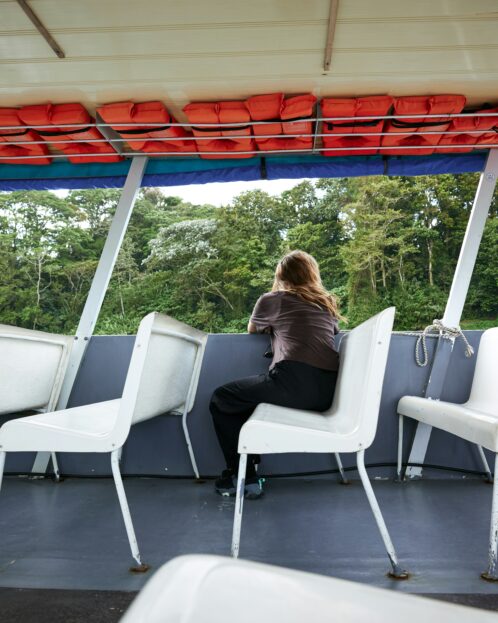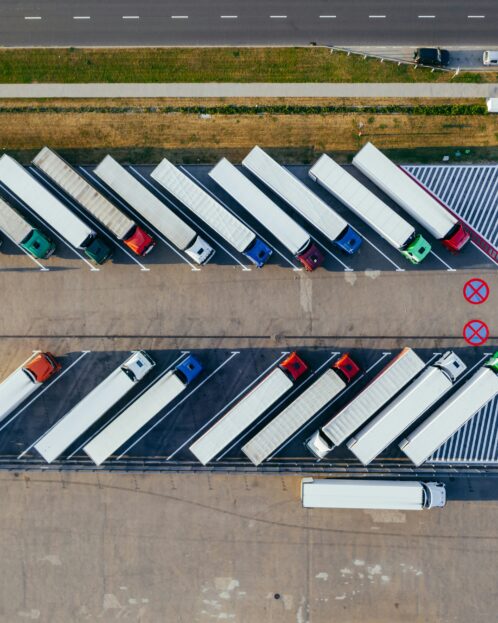2020
Sydney, NSW
Confidential
Background
A logistics property developer was evaluating a potential investment in a large intermodal terminal with integrated warehousing and freight handling capabilities. The site offered direct access to both road and rail networks and was designed to accommodate high volumes of containerised freight. To inform their decision, the developer needed to understand the cost advantages of rail freight compared to road transport, and how these differences could influence tenant attraction and achievable rents.
The analysis was particularly focused on the long-term scalability of rail operations, the impact of co-location on freight costs, and the broader infrastructure and policy environment shaping freight movements in the region.
Our Role
NineSquared was engaged to undertake a detailed transport cost analysis comparing road and rail freight options for container movements between a major port and key industrial precincts. The engagement involved:
- Modelling freight pathways: Including direct road movements, depot-based stack runs, and rail transfers via the intermodal terminal.
- Cost breakdowns and sensitivity testing: Factoring in load factors, vehicle types, tolls, fuel prices, travel time variability, and infrastructure charges.
- Assessment of economies of scale: Demonstrating how rail becomes increasingly cost-effective as throughput grows, with rail costs falling below road costs at high volumes.
- Policy and infrastructure review: Evaluating government freight strategies, network capacity, and future intermodal developments.
Key findings showed that rail transport could offer material savings compared to road, with even greater savings when compared to other industrial precincts. The analysis also highlighted risks including pricing uncertainty, infrastructure constraints, and operational inefficiencies that could impact rail’s competitiveness.
The work provided the client with a clear, data-driven understanding of the transport cost dynamics, supporting strategic decision-making around the investment and offering insights into how freight performance and pricing structures could evolve as terminal volumes increase.
Connect with our team
Contact





 More projects
More projects